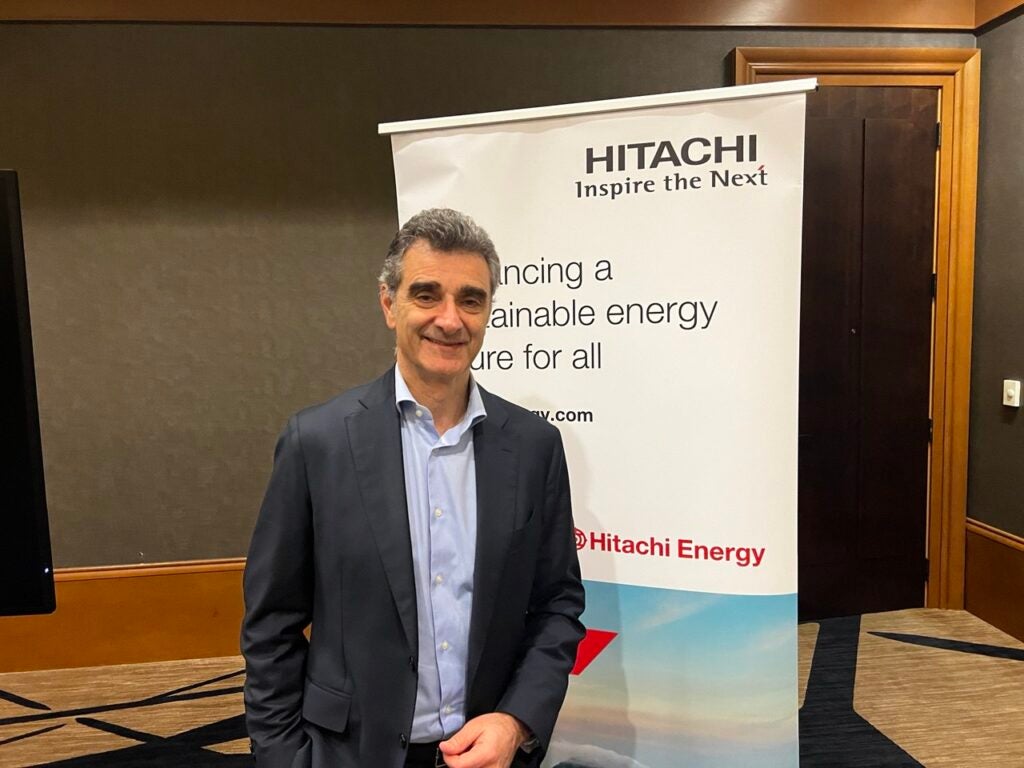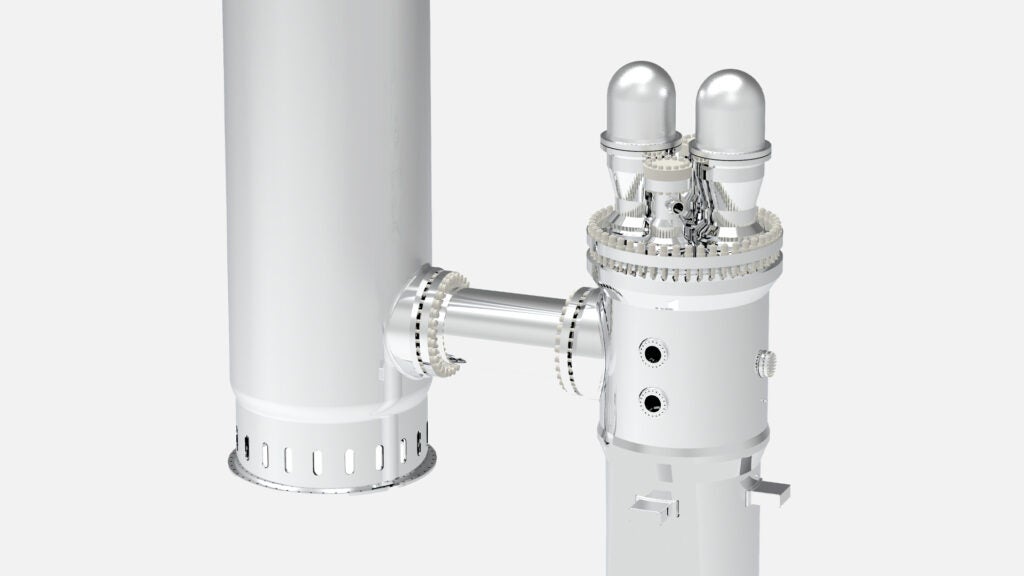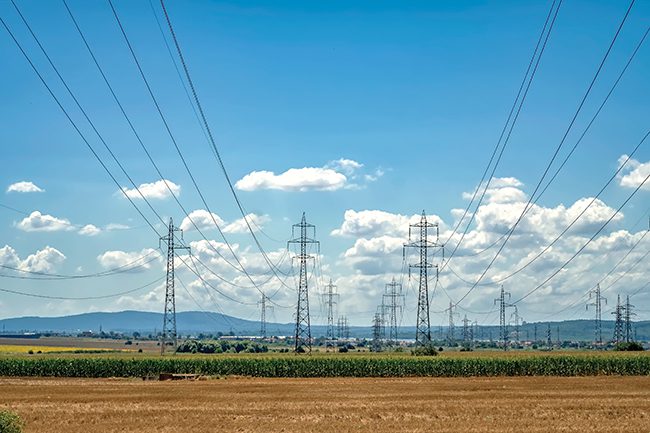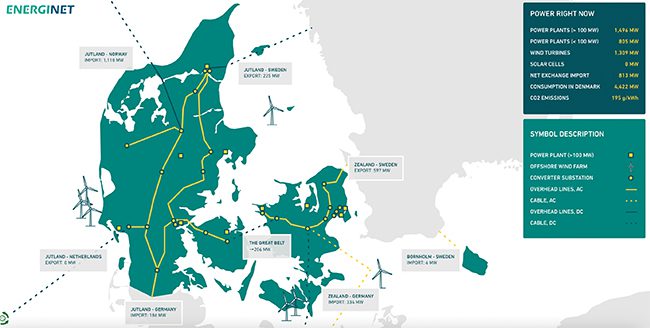As the global energy landscape undergoes unprecedented transformation, Hitachi Energy stands at the forefront of technologies driving the transition toward a more sustainable and flexible power system. In this exclusive interview with POWER, Massimo Danieli, managing director for Hitachi Energy’s Grid Automation business unit, offers valuable insights into how electrification, renewable integration, and digital solutions are reshaping the industry. Drawing from his experience at a company that employs more than 45,000 people across 60 countries and generates business volumes exceeding $13 billion, Danieli discusses the challenges of balancing sustainability, flexibility, and affordability while highlighting Hitachi Energy’s strategic focus on power electronics and digital systems to support utilities navigating this complex evolution.

POWER: How does Hitachi Energy see the energy transition progressing in coming years?
Danieli: The focus of the company has been on what’s happening with decarbonization and generally with the transformation of the energy system. We were among the first companies a few years back saying, “Electrification is going to happen, no matter what, at all levels.” The need to decarbonize will push for more renewables. Therefore, we really made our strategy: how can we support the companies—utilities industry—in that journey of the energy system transformation.
POWER: What have customers been telling you about their plans moving forward?
Danieli: What we see is—depending on different markets—a lot of push into DC connections, so big HVDC [high-voltage direct-current] projects. We still see a lot of offshore wind projects, maybe not here in the U.S., but in other markets there’s still quite a lot in the pipeline. And the overall thing at the moment remains: how do you achieve a system that has flexibility? How do you continue building a sustainable system? And there is maybe a component that has become a bit more prominent now, which is the affordability of the whole system. So, how to build a system that is also economically affordable? Because, of course, there has been a surge in costs in the market, supply chain, etc.
From our point of view, we can contribute to a certain extent to these pieces. We are building capacity in our transformer factories. We are developing technology for sustainable SF6-free GIS [gas-insulated switchgear] components, and so on, and so forth. And, we are investing on the digital part. Why I believe that is extremely important is because of the first part, which is the flexibility piece of the system.
In certain markets, like Europe, for instance, or others where a lot more renewables are being introduced, you’re losing the rotating masses and the inertia in the system. You need to compensate for that with different means. And the means are mainly a recipe out of two things: power electronics and digital systems. And those are the two areas where we have focused the company strategy in the last few years, and we will continue. Power electronics from high-voltage systems down to the power electronics at the battery storage and STATCOM [static compensator] level. And the digital part, with the network control, with the ADMS [Advanced Distribution Management System], with all the real-time software, but also with the software that is needed to analyze the status, health of the assets, etc., which is the other component that plays into that.
POWER: Where might artificial intelligence (AI) tie into all of this?
Danieli: AI plays a role in it. I think in nine out of 10 booths [at the DISTRIBUTECH event] there is somebody talking about AI. So, at the moment, it’s also a little bit of a buzz, but certainly it plays a role. And from our point of view, we have started working to embed more AI into our solutions and products. We see a lot more need to embed AI capabilities into existing functionalities, rather than building something external and new. There is a lot of efficiency and automation that can be achieved with that, and so, that is probably the focus area that we want to have.
We use AI for forecasting and for other things. We recently announced a collaboration with AWS where we have basically integrated our vegetation management system, which is an AI-based software, onto the AWS cloud to make it available for our customers. So, these are the big things that we are focusing on.
POWER: As a global company, do you find similar products are in demand around the world or are different regions looking for different solutions?
Danieli: The demand varies depending on different markets and the specific issues they have at the moment. What we have seen is that more or less all markets, at least until a few months back, were moving all in the same direction. However, they may have been at different stages of implementation. For example, you have a lot of penetration of renewables in Europe that you don’t have in other markets. Therefore, you have a lot more issues that you need to solve there, and this calls for certain types of solutions. These will be needed maybe a few years down the line in other markets as renewable penetration catches up. So, the direction, I would say, has been the same, and we see a similar demand.
The way solutions are implemented and the fact that there is openness, or drive even, by policies to use technology varies in different markets, also sometimes depending on the structure of the market. We see, for instance, slightly different demands for ADMS in the U.S. than in Europe. There are functional differences also, because the networks are different.
And then, we see certain things that are pushed by policies more in certain markets and less in other markets. For example, China has mandated grid operators to improve reliability, and the application of software is their tool for improving reliability of operations. So, there is a compulsory investment into APM [Asset Performance Management] solutions, for instance. In other markets, this is a discretionary spending, and certain utilities decide based on the business case—return on investment—they decide to do it and certain others decide not to do it. So, there is a little bit of push by policies in certain markets, but overall, I would say the trends have been very similar and just the stages of implementation differ.
POWER: Where do you see the majority of growth coming from in your product lines?
Danieli: The two areas where we see a lot of traction is on the network control part, even more in the transmission—so EMS [energy management system] piece—than in the distribution, although there are investments in both. But the big buildup of transmission, the restructuring of the networks, the fact that you don’t have inertia, these issues are pushing a lot of utilities to invest or reinvest in their EMS and network control systems. So, we see a lot of investment there, and that’s one of our core focus areas.
And we are implementing big projects like the unified network management system in Japan. They are basically pulling together nine utilities, which have been traditionally operating as nine separated islands, into one energy system, which is collaborating and is run under one very large EMS.
And we see investments, maybe not of that scale, but similar in terms of strategical importance in almost all markets. We see it here in the U.S. We see it in Europe. We see it in Asia picking up. And so, that’s one area where we have a very strong focus, and we are also investing a lot.
We see the need to innovate, and we are doing work already with some other partners in the AI space to accelerate the resolution of networks. There are quite computationally complex problems to solve in that area.
The other is that, because of the huge buildup of new grid infrastructure that is happening in many countries, we see a pickup in our substation automation business. We introduced digital substation solutions almost a decade ago already, but now we have started seeing a pickup because of the new buildup, and we are basically innovating and upgrading our technology.
In that respect, we launched new products last year and we still see very good success and growth in that area, which is also driven by the fact that there is a huge buildup, and so on, huge growth in the market. That is happening in many markets, not every market, but I would say it is quite widespread, because the buildup is happening a little bit everywhere.
—Aaron Larson is executive editor for POWER.

















